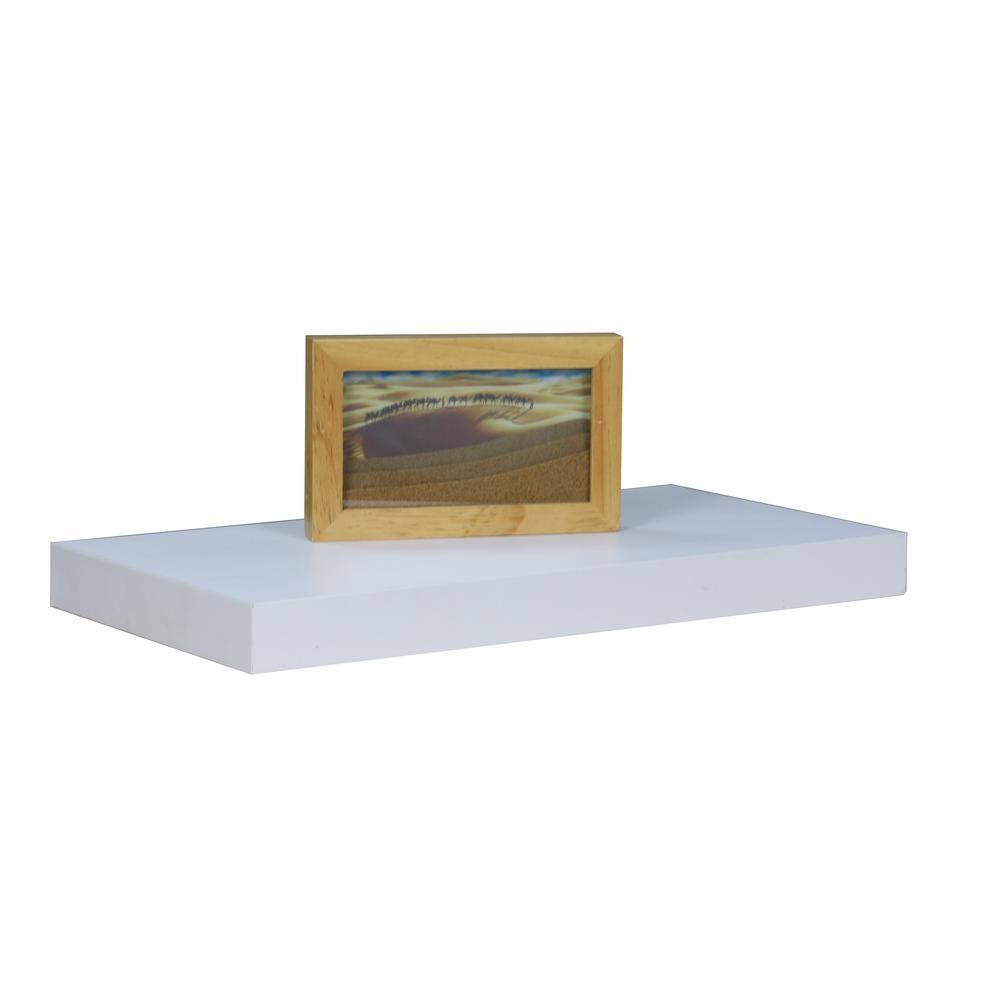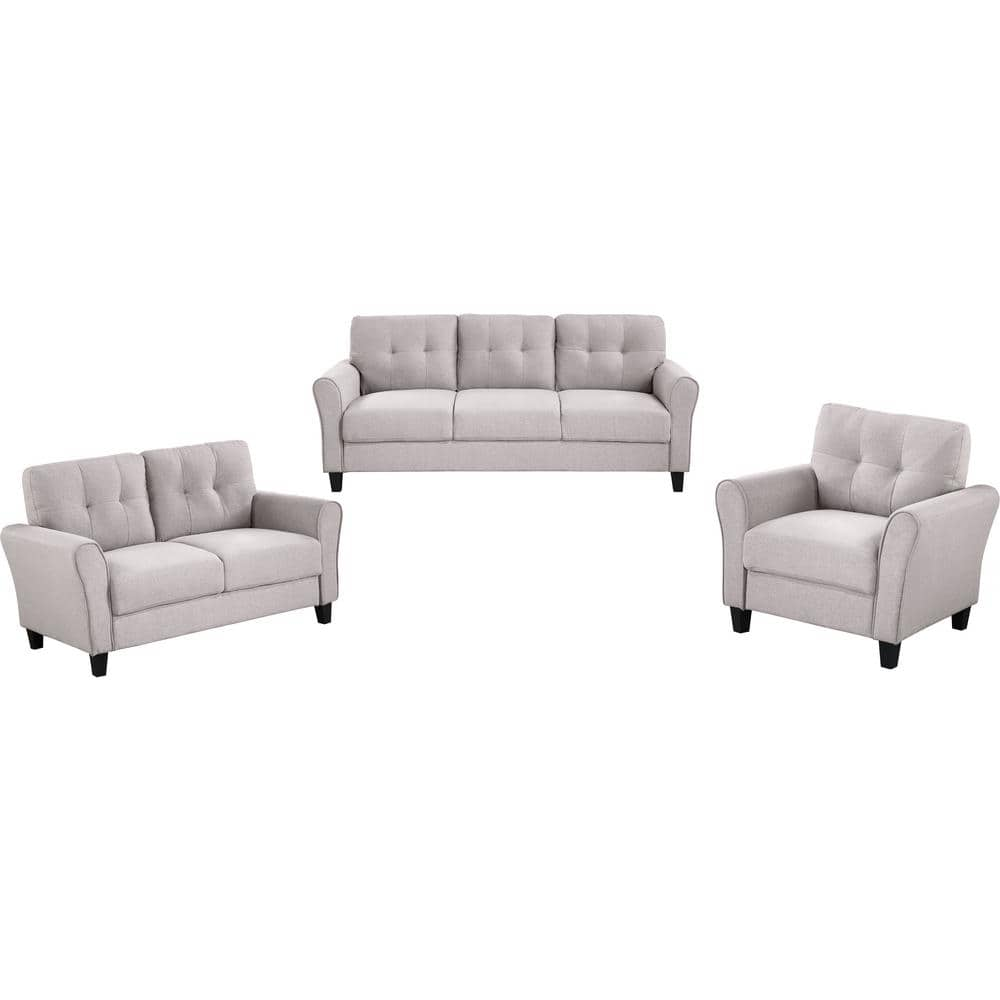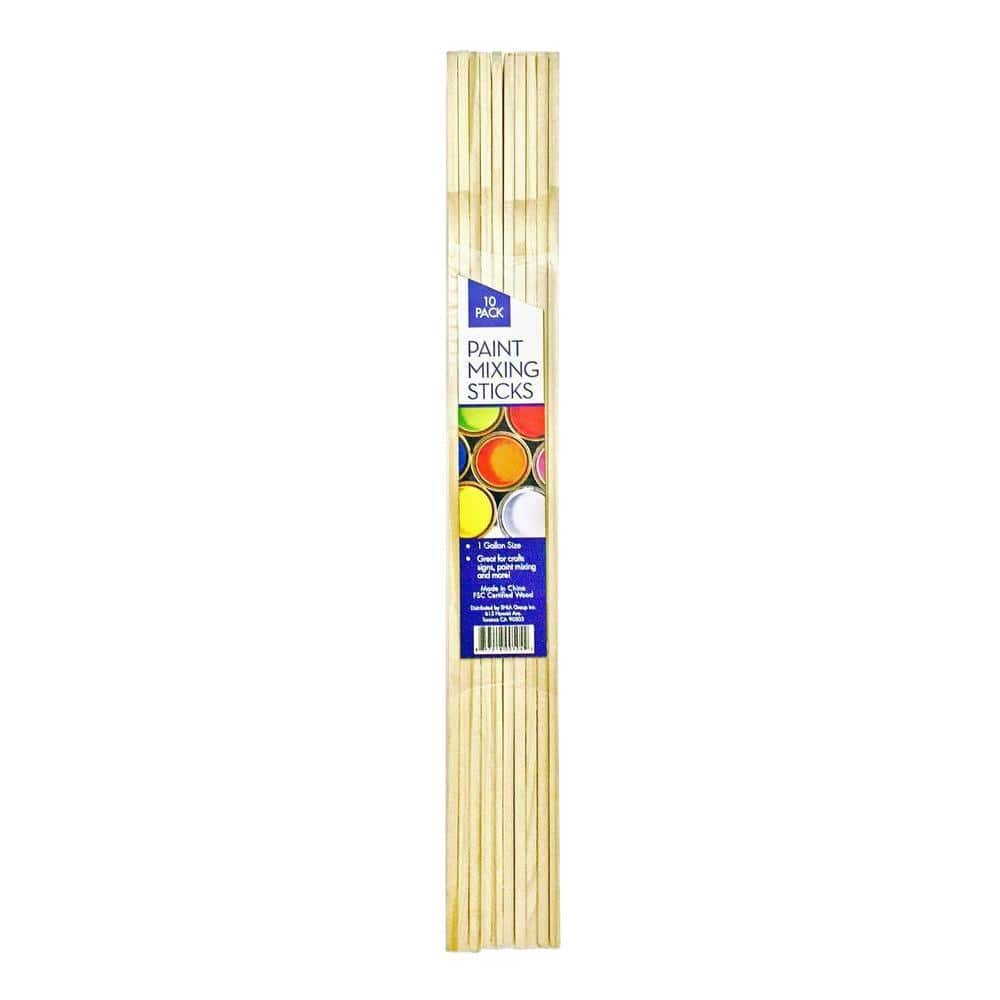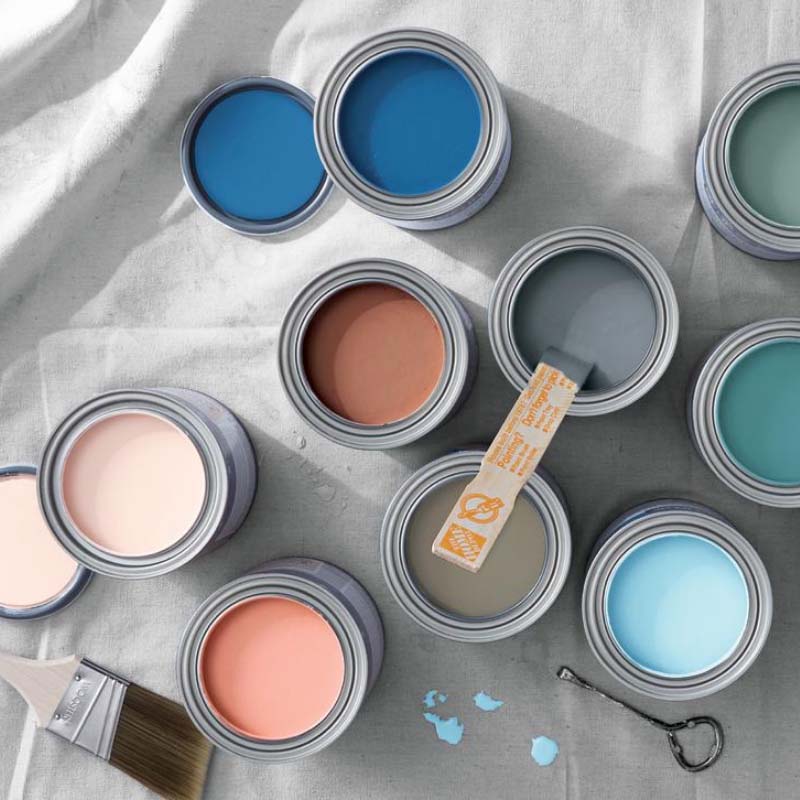How to Choose a Monochromatic Living Room Color Scheme
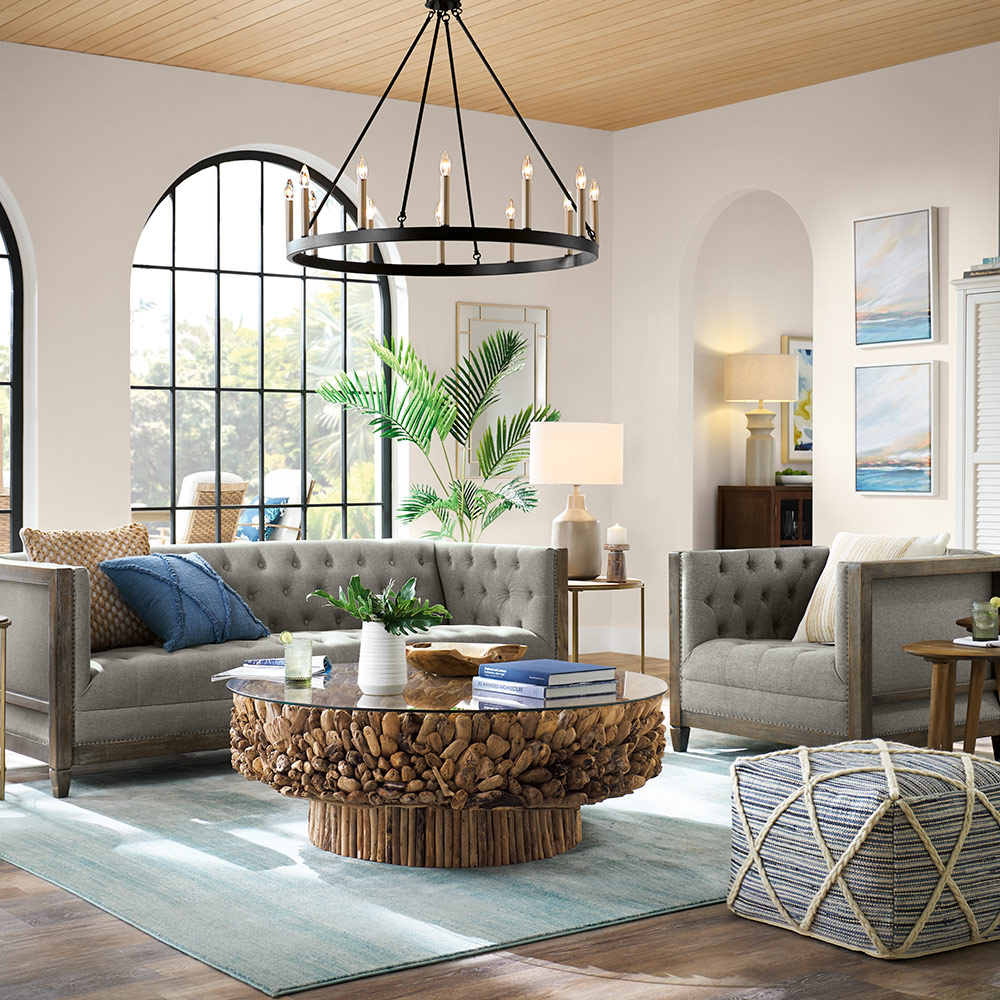
Last updated September 7, 2023
Living rooms should be designed for living—doing all the things you enjoy, from watching movies and reading, to crafts and spending time with friends and family. When choosing a color scheme, think of this important space as a backdrop for your activities. A monochromatic color scheme can be inviting, warm and attractive all at the same time. Learn more in this handy decorating guide.
Table of Contents
What Is a Monochromatic Color Scheme?
The Importance of Texture in a Monochromatic Color Scheme
Adding Natural Materials in a Monochromatic Color Scheme
Creating a Colorful Monochromatic Color Scheme
Using Black and White in a Monochromatic Living Room
Creating a Blue and White Monochromatic Living Room
What Is a Monochromatic Color Scheme?

A monochromatic color scheme is built around one color, or hue, with darker shades and lighter tints of the same color used throughout. White is a common monochromatic color scheme. It brightens a space, makes a room feel larger and creates balance between darker or richer tones. Choose one hue as your main color, either for walls or upholstered furniture. Then, you can layer in accessories in different shades and tints such as rugs, pillows and curtains.
Don’t be afraid to use all white if you have children or pets. Simply look for furniture with slipcovers that can be laundered. Use washable paint and look for surfaces that are easily cleaned.
The Importance of Texture in a Monochromatic Color Scheme
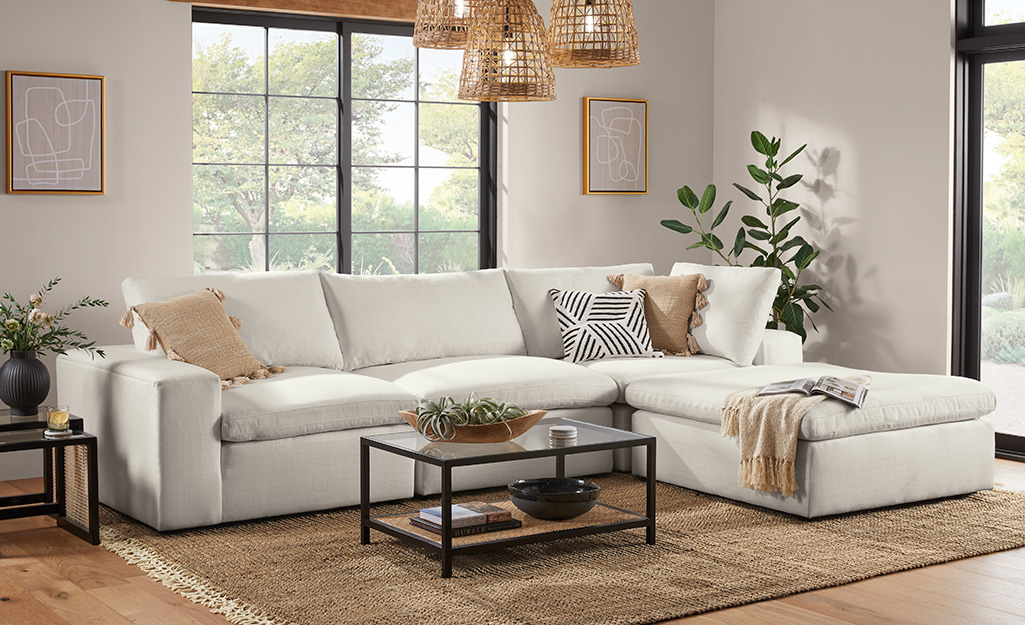
When most everything in a room is one color, other design elements take on more significance. Texture can be especially effective in adding interest to a monochromatic color scheme. Rather than relying on color to provide interest, texture adds contrast to finishes. For example, a smooth lamp base creates a nice complement to a rustic side table. Texture can make the same color look different when applied to different surfaces.
Adding Natural Materials in a Monochromatic Color Scheme

Balance a room where one color is dominant by adding in natural materials. Sisal and natural fiber rugs, wood furniture or legs, house plants and ceramics will tone down your monochromatic color scheme and make the room seem more inviting.
Creating a Colorful Monochromatic Color Scheme

People have been conditioned to stick with neutrals when decorating a room, not only for flexibility but to also keep a color from overpowering the space. However, a colorful monochromatic color scheme in your living room can create a moody, rich effect. Bright colors enliven the space, making it a place where you feel happy and alive. Darker colors tend to be moody. If you’re going bold, start with the walls. That way, you can change the color if you change your mind. Add a chair or pillows in the same color, then mix in woods, neutral fabrics and greenery to balance the color scheme.
Using Black and White in a Monochromatic Living Room

Many interior designers insist on working in black and white into any room’s color scheme. White adds visual space; black provides focus for the eye. Together, these colors provide a playful contrast that suggests modern, of-the-moment decor. You can also use black and white in a colorful monochromatic room to break up the main color used.
Creating a Blue and White Monochromatic Living Room
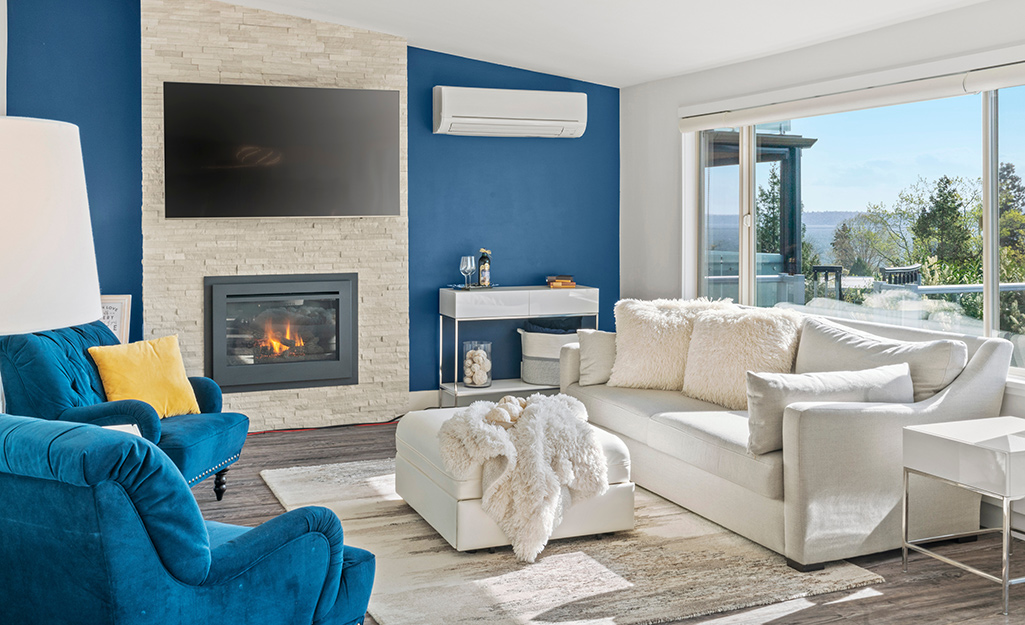
Like a black and white living room, a blue and white living room is a classic look that never goes out of style. One of the most tried-and-true white living room ideas is mixing in shades of blue to create a tranquil, peace place for having conversation or unwinding after work. You’ll want to take care and limit your blue color palette to three or four shades of blue. There are so many to choose from that, if you add more than four to a space, you won’t achieve the peaceful feel you’re after.
Using Metal in Your Monochromatic Living Room

Shiny objects—bowls, candlesticks, table legs—are perceived as a neutral, providing interest without adding a new color to a monochromatic color scheme. It also gives the eye another place to focus in a room where one color is predominant. Stick to one color, such as gold, to suggest formality, or mix in chrome, oil-rubbed bronze and gold for a sleek look.
Another way to add metal finishes to your living room is with fixtures and living room accessories in chrome, brass and stainless steel.
Creating a Gray Monochromatic Color Scheme
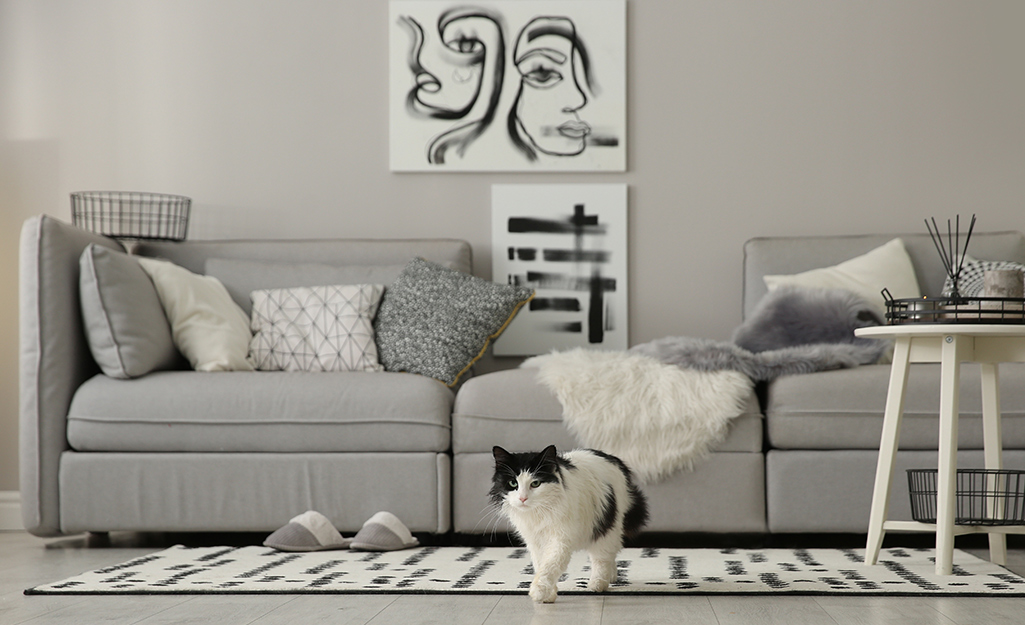
Gray is versatile enough to work in a variety of different home styles. When paired with complementary patterns and textures, gray can elevate a room with modern sophistication or create a comfortable, casual living room where you can relax. Consider choosing a dark gray for walls and lighter gray for the sofa.
Adding Interest with Pattern
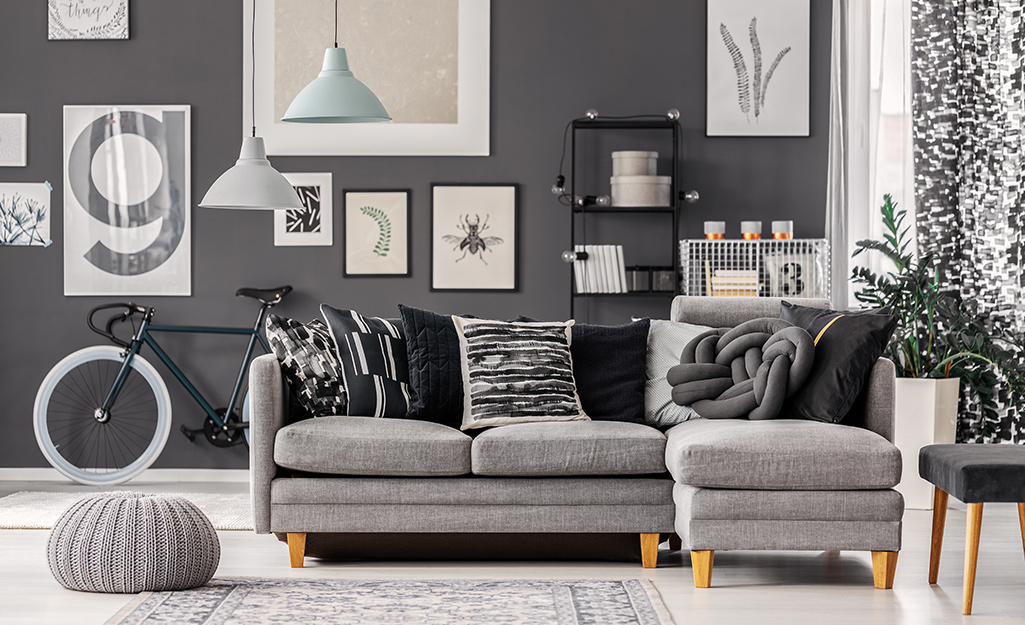
If you’re afraid that too much of your favorite color might not be a good thing, find a complementary pattern to mix into your decor. A printed wallpaper in the same color, pillows and rugs are all ways to infuse your living room with pattern.
Another way to add interest to a monochromatic color scheme is to look for accessories in interesting shapes. Angular desk caddie and planters provide a nice contrast to softer cushions and pillows.
Accenting a Monochromatic Living Room with Color

Even if you decide to decorate with a monochromatic color scheme, you can always throw in a dash of color when you want a brighter look. Change out the rug that’s in a complementary hue. Find lamps with shades or a base that contrasts your base color. Or add an accent chair in a bold pattern or color for a pop of interest.
Using a Black Monochromatic Color Scheme
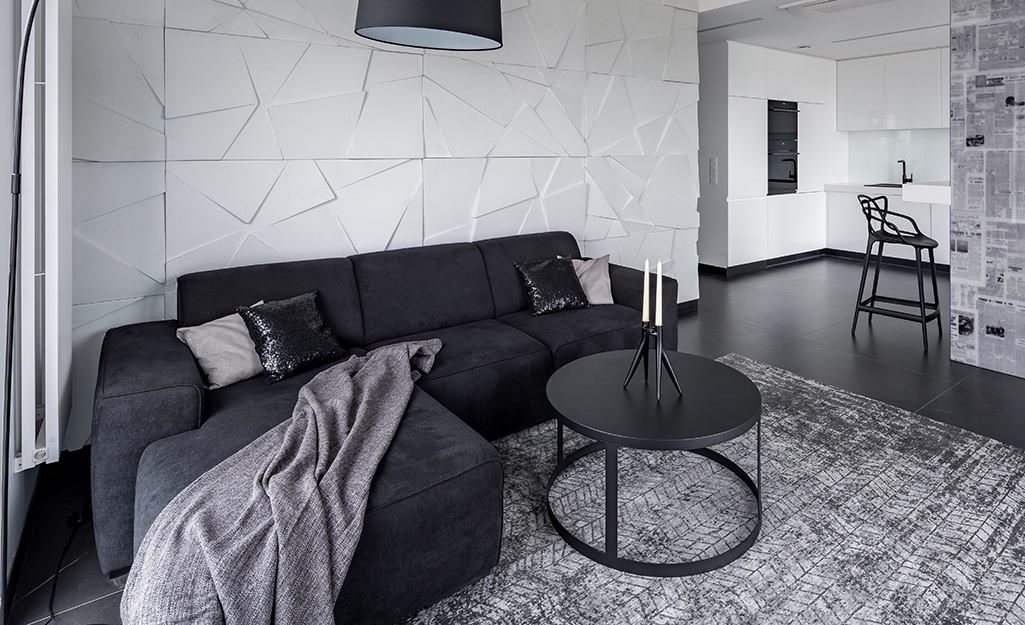
If you have a large room with no personality, opt for a dark color on the walls and upholstery to make the space feel smaller and more intimate. Black is a bold color choice that brings a level of sophistication to your living room. Look for lighting in black finishes. Add metal furniture in black for an industrial look. Paint walls with eggshell or gloss paint to add luster to the color. And to keep such a bold color choice from overwhelming your room, be sure to incorporate natural woods and fibers into the design.
Decorating your living room with a monochromatic color scheme begins with one dominant color layered with accent colors in different shades and tints of the primary color. Furnishings and accessories with texture and pattern keep the look from going flat. Shop The Home Depot Mobile App for everything you need to decorate your living room. And when you’re ready to paint, The Home Depot can mix most colors.


